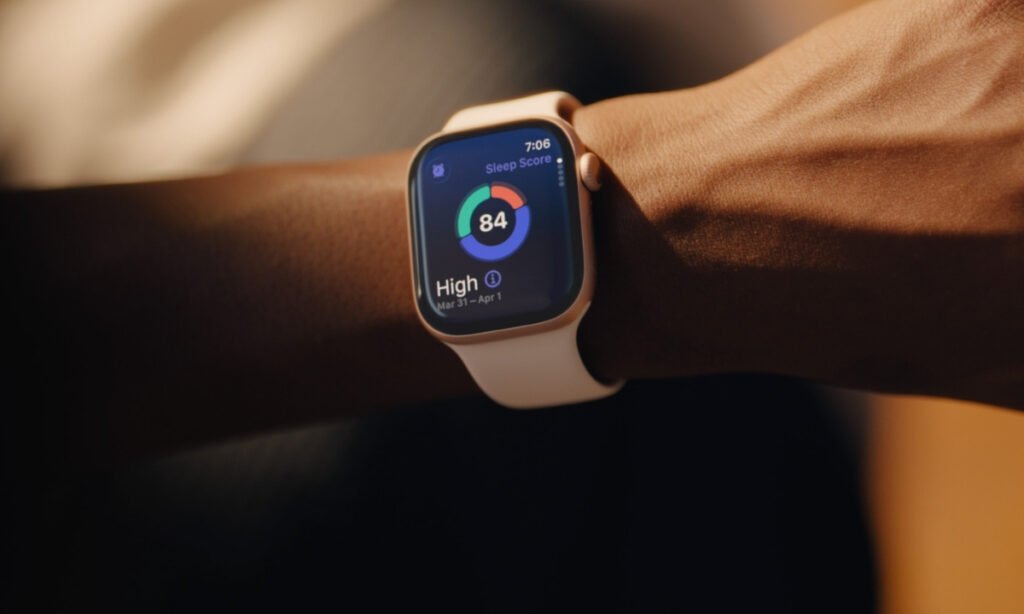Apple has unveiled a host of new health features with the release of the Apple Watch Series 11, including a notification that alerts wearers if they might have high blood pressure, also known as hypertension.
High blood pressure affects an estimated 1.3 billion people worldwide, yet nearly half are unaware of their condition. This is often due to irregular medical check-ups, the absence of clear symptoms, or the limitations of a single blood pressure reading. Early detection is critical, as it can prevent heart attacks, strokes, kidney disease, and dementia.
How Does the Apple Watch Monitor Blood Pressure?
The Apple Watch does not use a traditional cuff to measure blood pressure. Instead, it monitors changes in blood volume during heartbeats using a light sensor on the back of the device. This technology, while not new, has also been used by companies like Samsung and Aktiia.
When the sensor detects significant changes in blood flow, the user receives a “possible hypertension” alert. However, this is not a medical diagnosis. The Apple Watch does not provide actual blood pressure readings and should not replace professional evaluation by a healthcare provider.
What Does Research Say About Cuffless Blood Pressure Monitors?
Cuffless monitors like the Apple Watch are more comfortable and convenient than traditional arm cuffs and can potentially track blood pressure continuously during daily activities.
Yet, the accuracy of these devices is still under scrutiny. Unlike cuff-based monitors, there are no universal protocols to validate cuffless devices. Accuracy can vary depending on skin tone, activity level, and whether the user is resting or moving.
Some companies, including Apple, have received regulatory approval to market their technology for hypertension detection. However, clinical guidelines do not yet endorse cuffless blood pressure monitors, emphasizing the need for traditional checks with a validated cuff-based device.
Challenges of Cuffless Blood Pressure Monitoring
While these devices could significantly improve early detection of hypertension, they also pose challenges. Alerts for possible hypertension may cause stress for users and potentially strain healthcare systems, as more people may seek verification from doctors.
Also Read: Google Meet Adds ‘Ask Gemini AI’ to Summarize, Catch Up, and Boost Productivity
How to Use the Apple Watch for Blood Pressure Alerts
If your Apple Watch notifies you of possible hypertension:
- Measure your blood pressure at home using a cuff-based monitor for 3–7 days.
- Share these readings with your physician for an accurate assessment.
Apple recommends that this feature not be used by individuals under 22, pregnant women, or those with an existing diagnosis of hypertension.
The Future of Cuffless Blood Pressure Monitoring
Cuffless blood pressure monitoring has the potential to transform cardiovascular health by detecting hypertension early. However, its effectiveness depends on ongoing research, validation, and integration into clinical practice.
Conclusion
The Apple Watch Series 11 can alert users to possible high blood pressure, but it cannot replace a professional diagnosis. Regular monitoring with validated devices and consultation with healthcare professionals remain essential.



1 Comment
Pingback: WhatsApp Testing ‘Mute Everyone’ Mentions on Android